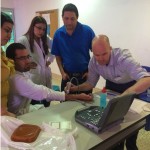New Ultrasound Technology Sharpens Needle Visibility
DotMed Business News | November 2010
“Ultrasound is widely used to guide needles as they advance through tissue to their targets. Compared to traditional “blind” approaches based on anatomical landmarks, ultrasound guidance can greatly increase the success and safety of certain needle procedures.”
Sonosite interviews Dr. David Williams for the Code Black Movie release
More than 1000 Preventable Deaths Each Day in the US Health Care System

FUJIFILM SONOSITE APPLAUDS US SENATE SUBCOMMITTEE HEARING ON THE NEED TO ADDRESS PREVENTABLE DEATHS IN US HEALTHCARE SYSTEM
Natividad wins Trauma II designation

Sonosite portable ultrasound machine.
Sonosite Interviews Dr. Andrew Eads for Code Black Movie release

Meet Dr. Andrew Eads from Code Black Movie
The Magic of Ultrasound at C-Booth (LA County/University of Southern California)

What happens when you combine Sonosite ultrasound technology, C booth, and enthusiastic medical students? You find the inspiration for an enhanced medical education.
More from the front of the Ebola fight in Africa

Sonosite Goes to Brazil!
Ultrasound: The Swiss-army-knife-of-health-care.

First Ever European Ultrafest: Maribor, Slovenia

The Intelligent Hospital with Marco Daoura, Fujifilm Sonosite, at HIMSS 2014
The intelligent hospital was setup to help the industry keep track of rapidly advancing medical technology from RFID tracking to Sonosite's ultrasound system's being featured in the Intelligent Hospital ICU experience. Visit intelligenthospital.org for more information.
Penn doctor prepares to fight Ebola in Liberia
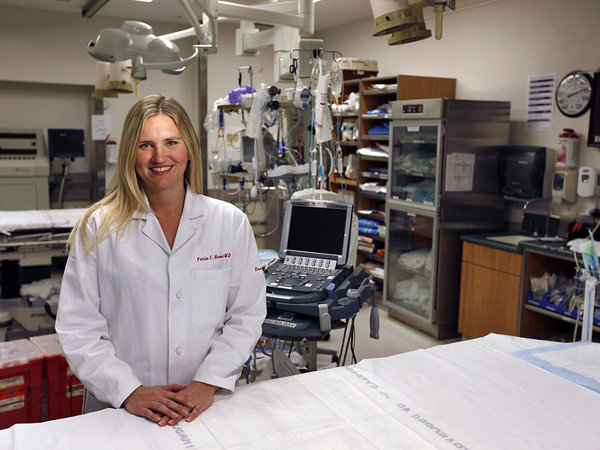
Nomination for GSMA: Best Mobile Innovation for Health
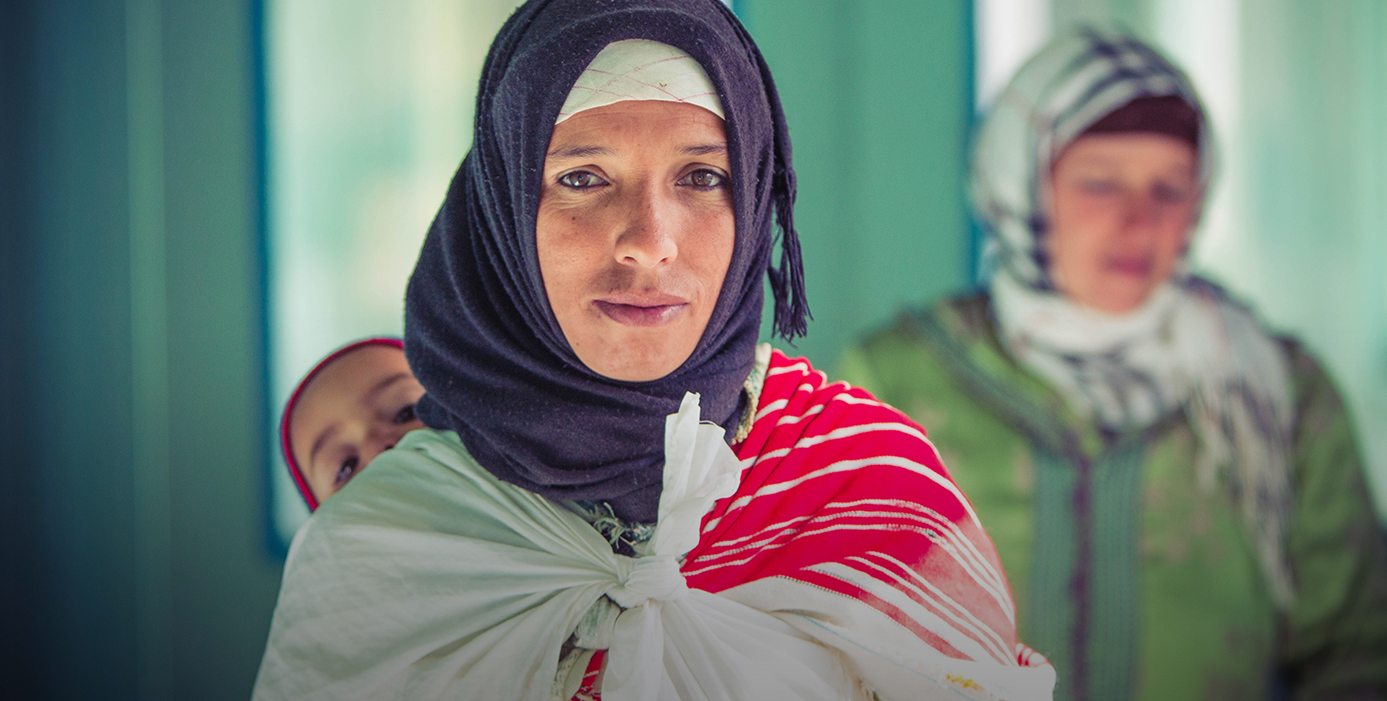
Glimpse: A New Talk Show Series Focused on Trends and Thought Leadership in Visual Medicine
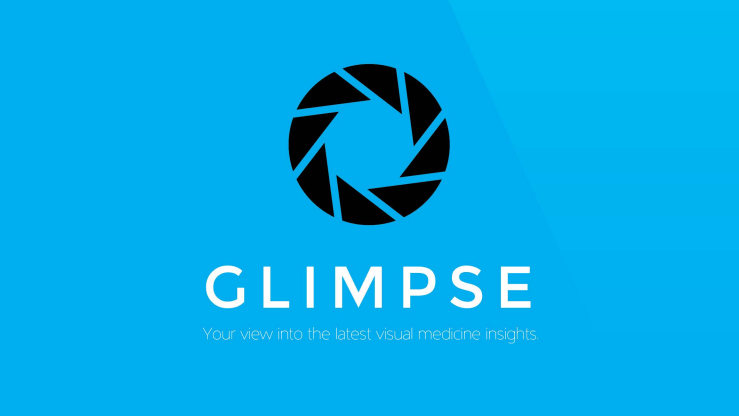
Sonosite working in Rwanda with the PURE team
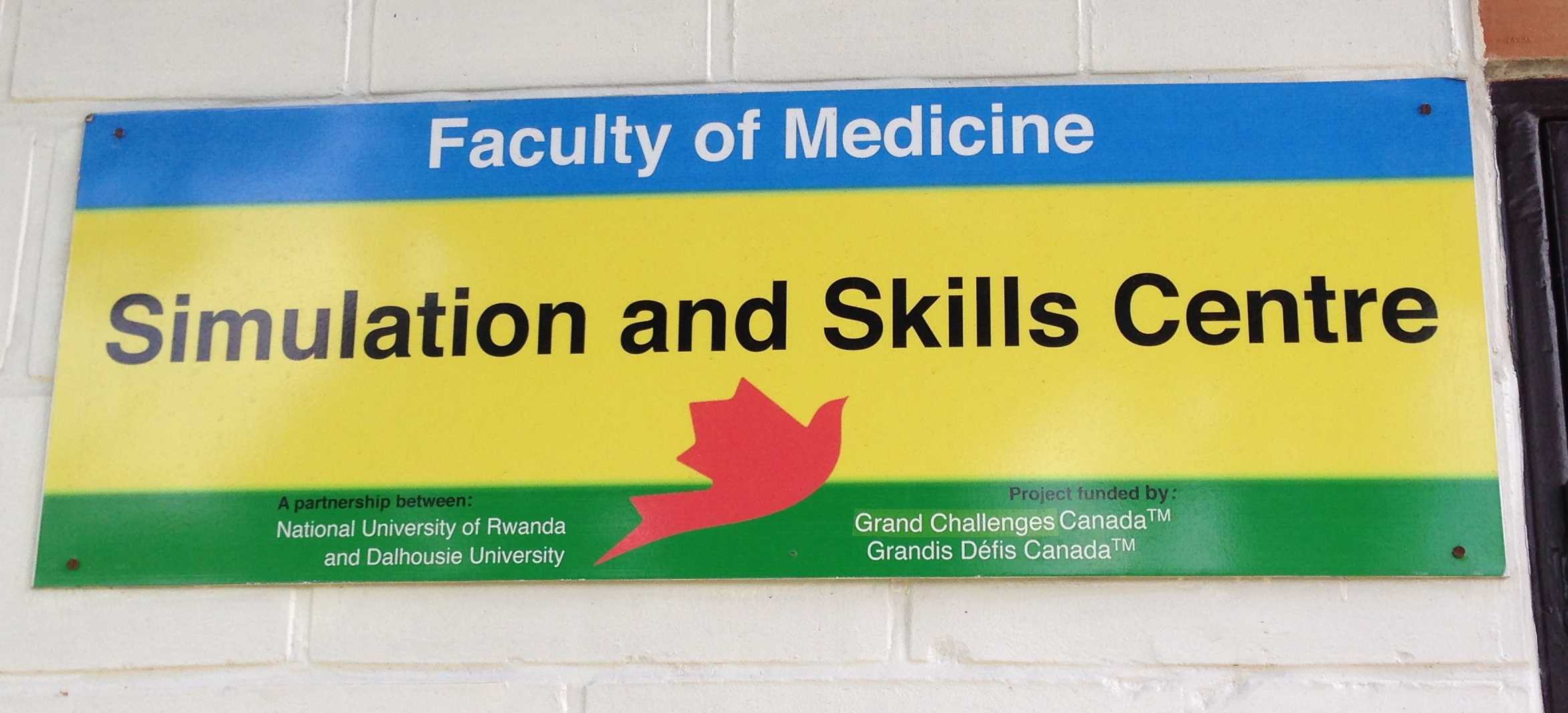
This past March three PURE traveled to Rwanda to teach point of care ultrasound to 15 internal medicine resident trainees as well as 11 general practitioners working in the emergency department at the country’s main government teaching and referral hospital. The teaching took place at the Centre Hospitalier Universitarie de Kigali (CHUK) Simulation Centre, and on the wards of CHUK.
Game Day Ultrasound

Global Health: Teaching Ultrasound in El Salvador
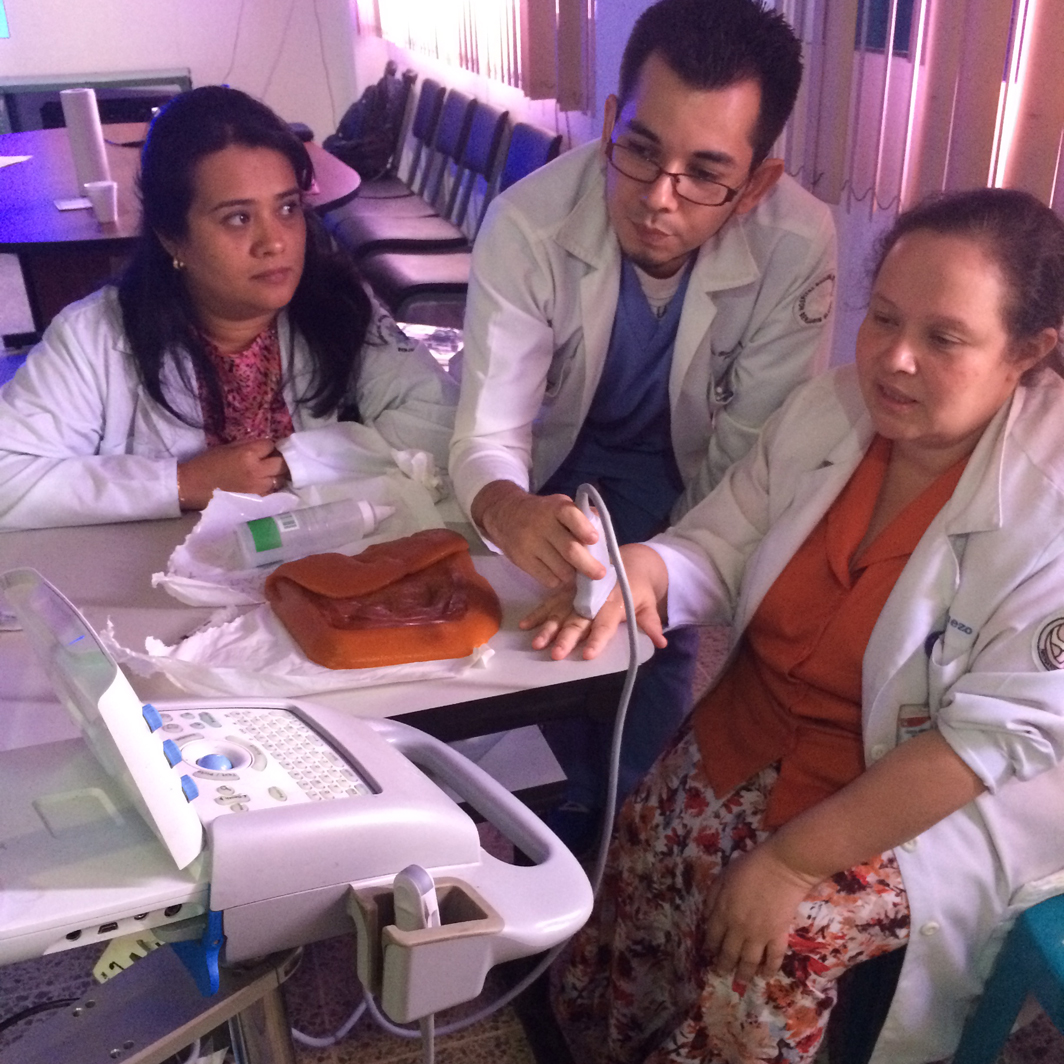
It is sometimes easy to forget how privileged we are to have access to modern conveniences, healthcare technologies and services. Fortunately, at Sonosite, we enjoy supporting many adventurous care providers who share their skills in resource limited countries. One such Doctor is Dr Jennifer Chao. Upon her return from El Salvador we received this informative email:
Global Health: Teaching ultrasound in Malawi - Dr Bergman
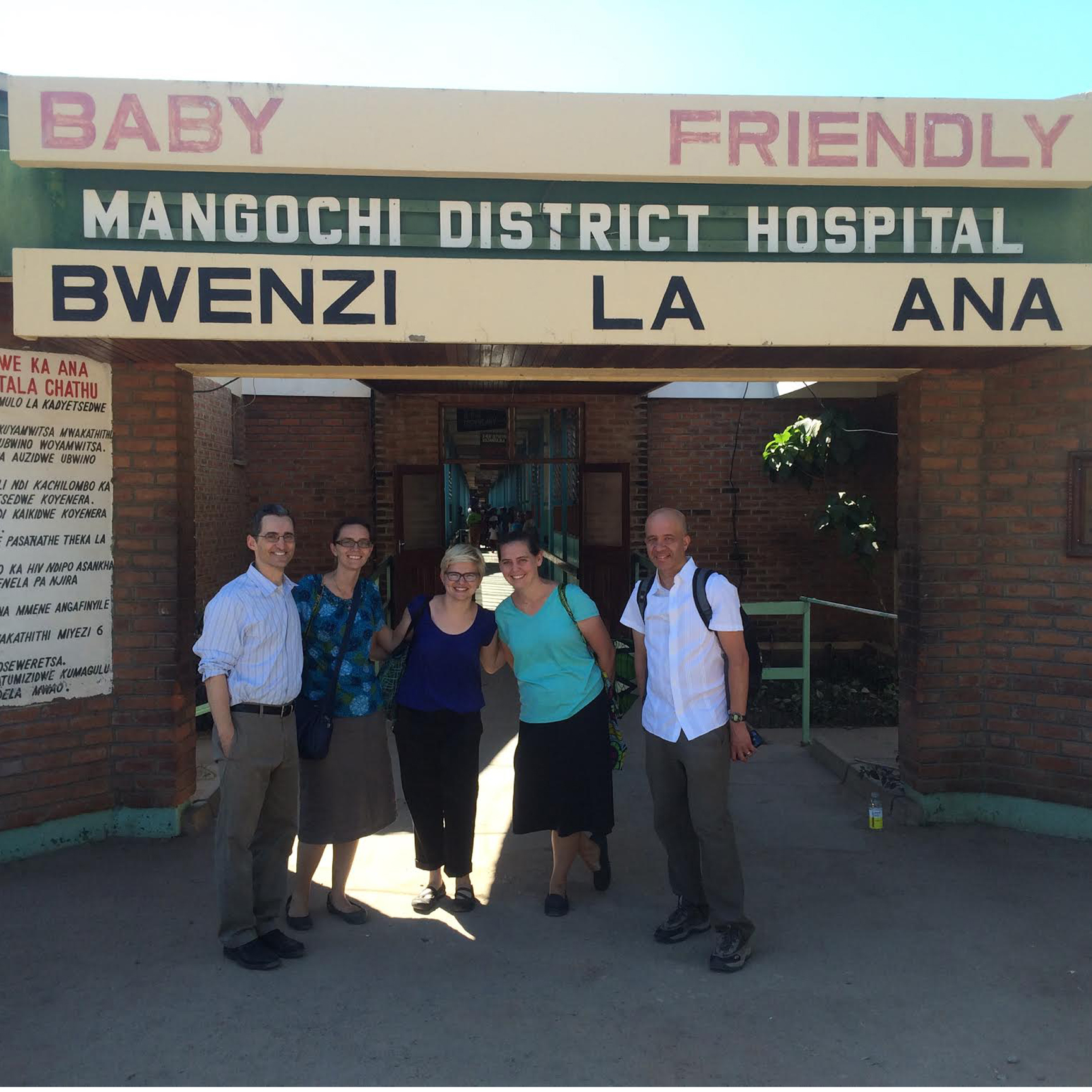
Ultrafest UCI 2014 Highlight Film
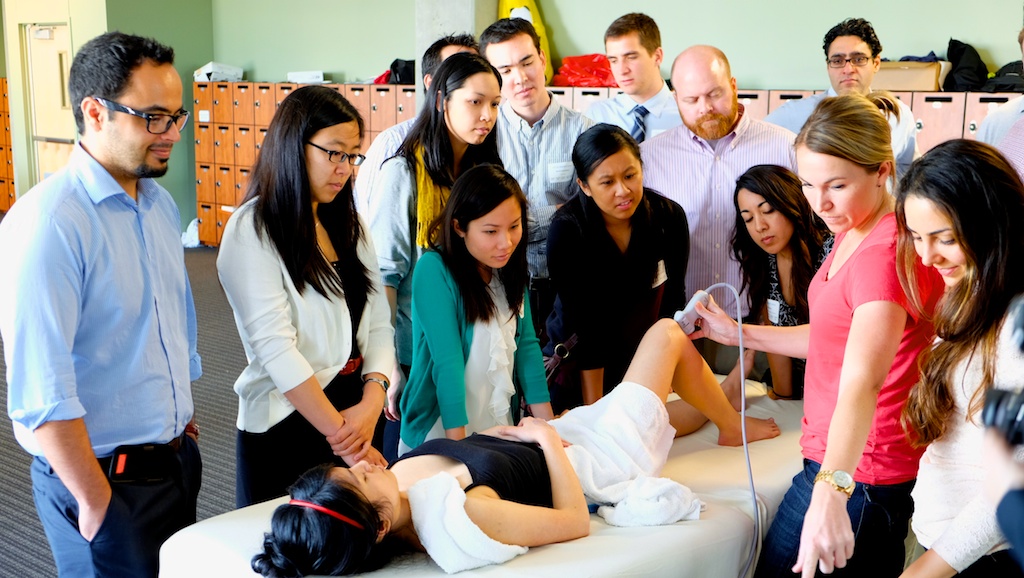
Ultrafest Ultrasound Festival hosted at UCI (University of California, Irvine) 2014



